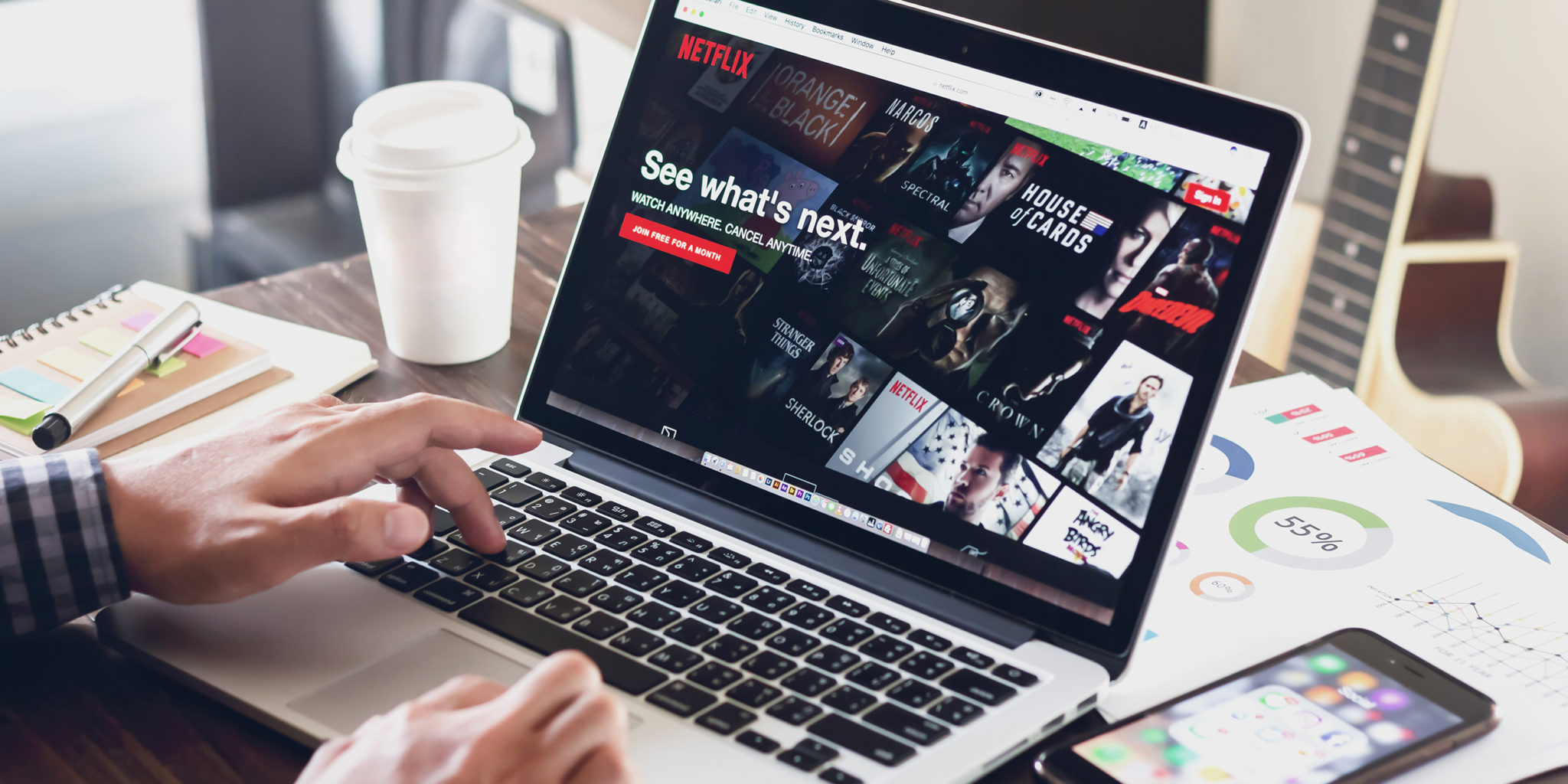What you don’t know about Netflix’s price increase | Perfect Price
Netflix raised prices $2 yesterday, and as a direct result, their shares added 6.5%. As a CEO, CFO, or controlling shareholder, wouldn’t it be nice to do the same thing? Add $2 to prices and add $9.5 billion to your market capitalization? Move over Warren, I get the cover shot on Barron’s this month.
Netflix makes it look easy, but It’s not that easy.
Here’s how Netflix did a successful price change–and lessons you can take directly to your business.
Hard pricing lessons learned
Back in 2011, Netflix cut 75% off its share price and enterprise value with a bungled price change. By the time the dust settled 4 months later, between raising prices in some cases as high as 60% and trying to split streaming and DVD-by-mail into two entirely separate services (remember Quikster?) the stock had gone from a high of $43.54 to $8.91. Apart from the horrible example Quikster set for the world (the New York Times did a postmortem if you’re curious–”hubris” sums it up well), three lessons were learned.
First, one strategic decision at a time–or you won’t have the data. Netflix entered uncharted territory with both a huge price increase and the split-up of their services. I’m sure their analysis was sound on paper, and I’m sure the price sensitivities were different across those segments, but doing it all at once meant that subscribers were now thinking about it, and when people think about things they act differently than if they aren’t thinking (I’m serious). They had to think about Netflix and Quikster and that made people angry. To show that anger, they quit Netflix–to the tune of 800,000 people, the most significant subscriber loss ever.
Second, in spite of what I said above–Netflix might not have known price sensitivity very well. A 60% price increase for a recurring consumer subscription violates our innate sense of fairness. It also goes well beyond where data is reliable. Just think about it–usually, you pay $5 for something. Now it costs almost $10. Does that sound different than, say, $5.50? Bloomberg, famous for its high prices and consistent increases (it has raised prices every year since it began) has never raised prices by more than 10%. Combined with the perception that value was being taken away (separating Quikster) and inconvenience added (two logins, having to make a decision), Netflix set itself up for pain. Getting the data right is critical, as is keeping price changes within the range where your data is meaningful.
Finally, Netflix marketed it terribly. It came off in the press as something Reid Hastings thought was best for Netflix–not for its customers. Customers, therefore, rebelled. For consumer brands with low friction to quit the service, it’s not a winning strategy.
Read complete article here:
hat you don’t know about Netflix’s price increase.












